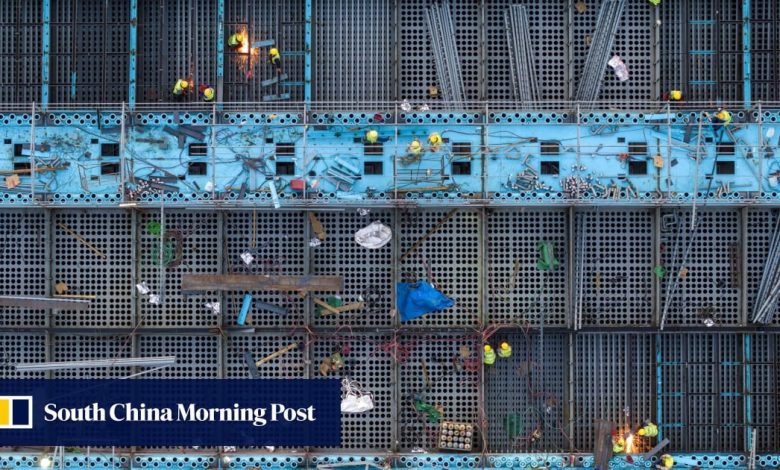Climate change: new study shows green steel adoption should focus on buildings and cars


Global governments must incentivise low-carbon steel production and consumption, while construction, automotive and shipping firms should partner with climate-conscious clients to jointly pay for the higher cost of green hydrogen-produced steel which will help shrink the carbon footprint of the metal, according to a new report.
Such partnerships should particularly be pursued in the construction and automobile sectors, because the price premium of green hydrogen-produced steel over fossil fuel-based steel is small relative to the cost of a flat or a car, said a report jointly produced by think tanks Transition Asia and Solutions for Our Climate and consultancy Global Efficiency Intelligence.
“There is a need for both green government procurement and green private procurement to send a strong signal to the steel industry that there is demand for low-carbon steel and a large consumer [base] willing to pay this small initial green premium,” Ali Hasanbeigi, CEO and research director at Global Efficiency Intelligence and lead author of the report told the Post in written comments.
In China’s construction sector, using green hydrogen, scrap-based steel would result in an additional US$225 per tonne of steel cost, or just US$563 for a 50 square metre flat, indicating the green steel premium is tiny relative to the price of a flat, the report said. The calculation was based on 50kg of steel usage per sq m and US$5 per kg of green hydrogen price.
The construction industry accounts for just over half of global steel demand, it noted.
“Future reductions in hydrogen costs or the implementation of carbon [emissions] pricing could reduce or eliminate this green premium, potentially making green hydrogen scrap-based steel a cost-effective alternative for construction in China and other countries,” the report said. “Automotive and construction companies can integrate green steel into their procurement strategies to stimulate demand and help cover the green premium.”
In the automotive sector, the additional cost of using green hydrogen scrap-based steel amounts to less than one per cent of the average passenger car price of US$28,000 in Japan, the researchers said. The automotive industry contributes to around 12 per cent of steel demand globally.
In the shipping sector, the additional cost due to use of green hydrogen scrap-based steel on 40,000 deadweight-tonne bulk commodities vessels, that cost over US$30 million, is estimated at 10 per cent. Unlike cars and buildings, steel makes up the bulk of the material costs of a ship.
In traditional steelmaking, the carbon in coal or natural gas is used as a chemical agent to turn iron ore to iron. It is a carbon-intensive process due to the heating and chemical reactions required in the blast furnace.
In regions where scrap steel is widely available, such as North America and Europe, using electric arc furnaces to recycle steel scrap can also help reduce carbon emissions.
“The lack of green steel at scale and additional costs of green steel are likely the largest deterrents from buy-side,” he said. “A lack of transparency [on the green premium] further hampers the willingness of steel producers and downstream buyers to produce and purchase green steel.”
The report’s authors called on governments to offer tax rebates for green hydrogen steel production, invest in green steel research and development and infrastructure, to lower green hydrogen costs and support green steel production.

